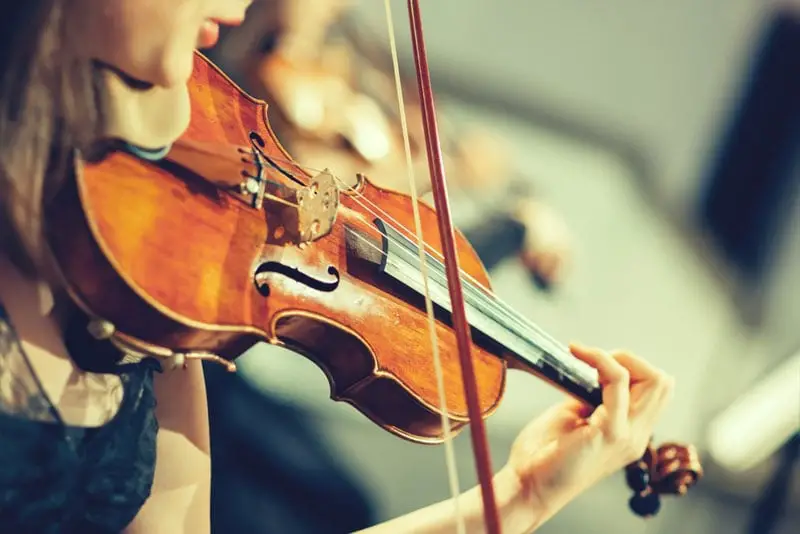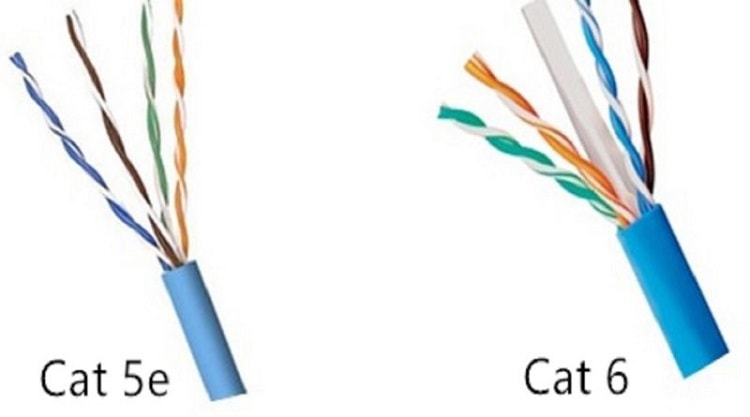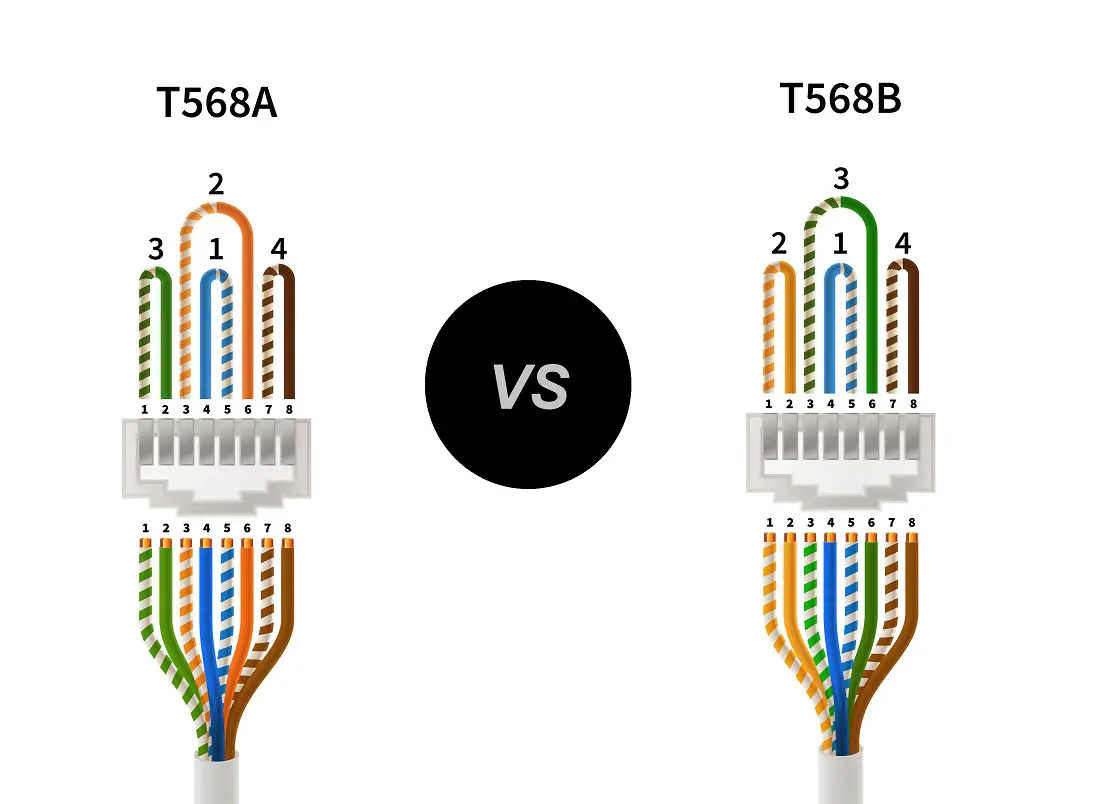Fiddle Vs. Violin: 6 Key Differences You Must Know
Many violinists lovingly call their instrument “my fiddle”, and they aren’t technically wrong. In principle, there’s no major difference between fiddles and violins, as the terms depict the same type of contraption, but the facts are a bit more complicated.
On the whole, it all depends on the style of music played and the setup used for playing. Let’s have a closer look at both terms and see what they’re all about.
The Violin

The violin is a bowed string instrument, the highest-pitched and smallest in its family – or at least among those that are still in regular use. It generally has 4 strings, it is tuned in perfect fifths, and it is most commonly used in composition-based genres, such as classical music, jazz, and Indian classical, as well as various types of folk music.
As a standard, the violin is played resting the left side of your jaw on the chinrest, supporting the instrument with your left shoulder. Originally, violinists used catgut strings for their instruments, but nowadays they prefer synthetic materials wrapped in fine metal.
You may also want to know the differences between harpsichord and piano.
The Fiddle

Although they are basically the same instrument, fiddles are seen as more traditional versions of the violin. The term “fiddle” is generally used associated with music styles such as traditional Scottish, Irish or French music, as well as Bluegrass, Old Time, country and folk.
While there are no differences between fiddle and violin in terms of body and neck (the non-changeable parts), fiddlers often prefer a different setup for their instrument compared to classical violinists.
For instance, fiddles may often have flatter bridges, to allow you to play more notes at a time. Furthermore, fiddlers prefer to use steel core strings, which are more durable and tend to have a brighter timbre; a better fit for the style of music played.
Recommended for You:
Differences between Violin and Fiddle
As you can see, while they are basically one and the same thing, if you look at them closer, the differences become apparent. The table below presents the 6 distinctive characteristics for how violins and fiddles differ.
Violin |
Fiddle |
|
|
|
|
|
|
|
|
|
|
|
|
The differences between fiddle and violin may be subtle, but they do exist. Subscribe to our newsletter to find out more surprising facts about the world!






